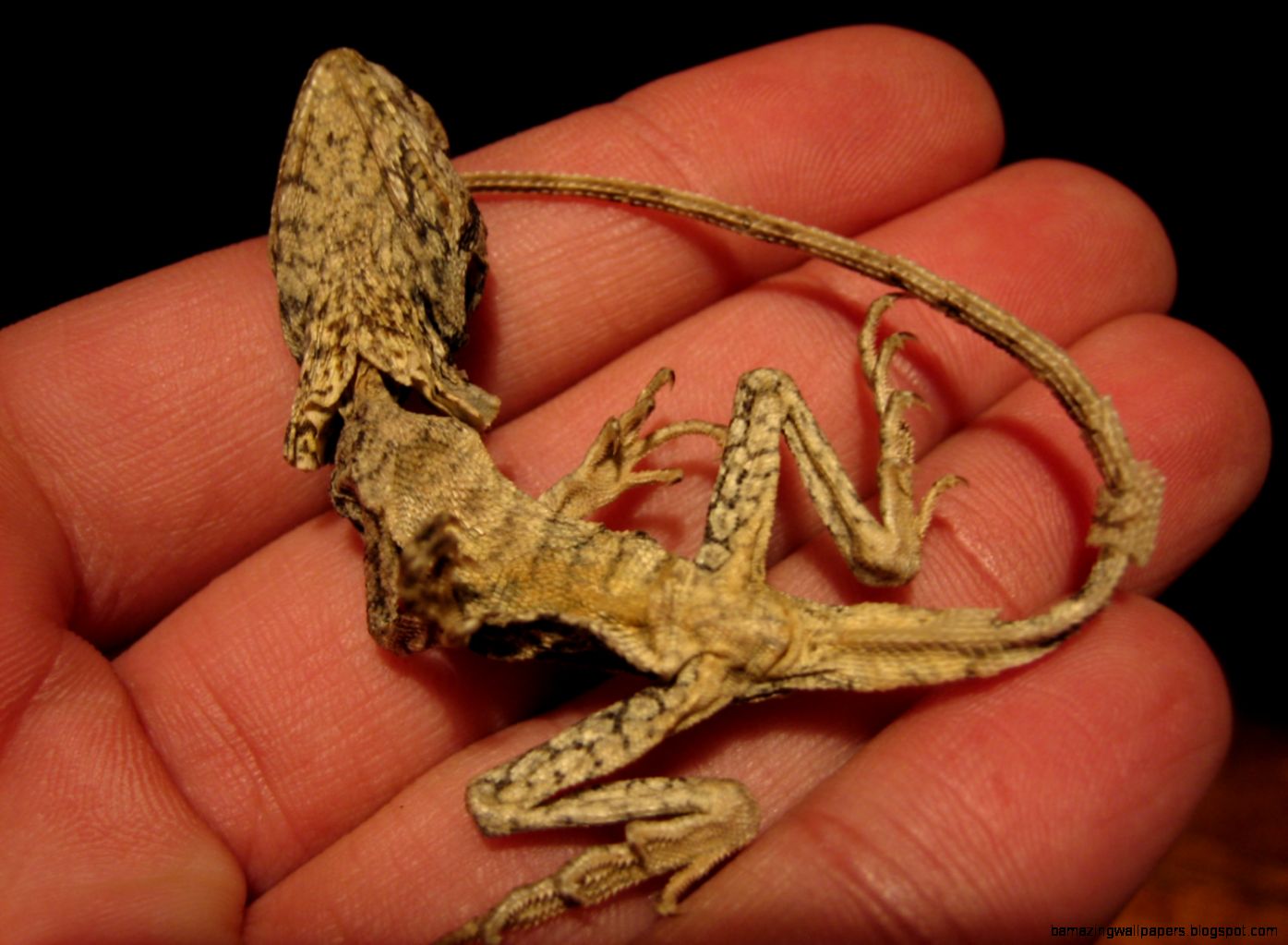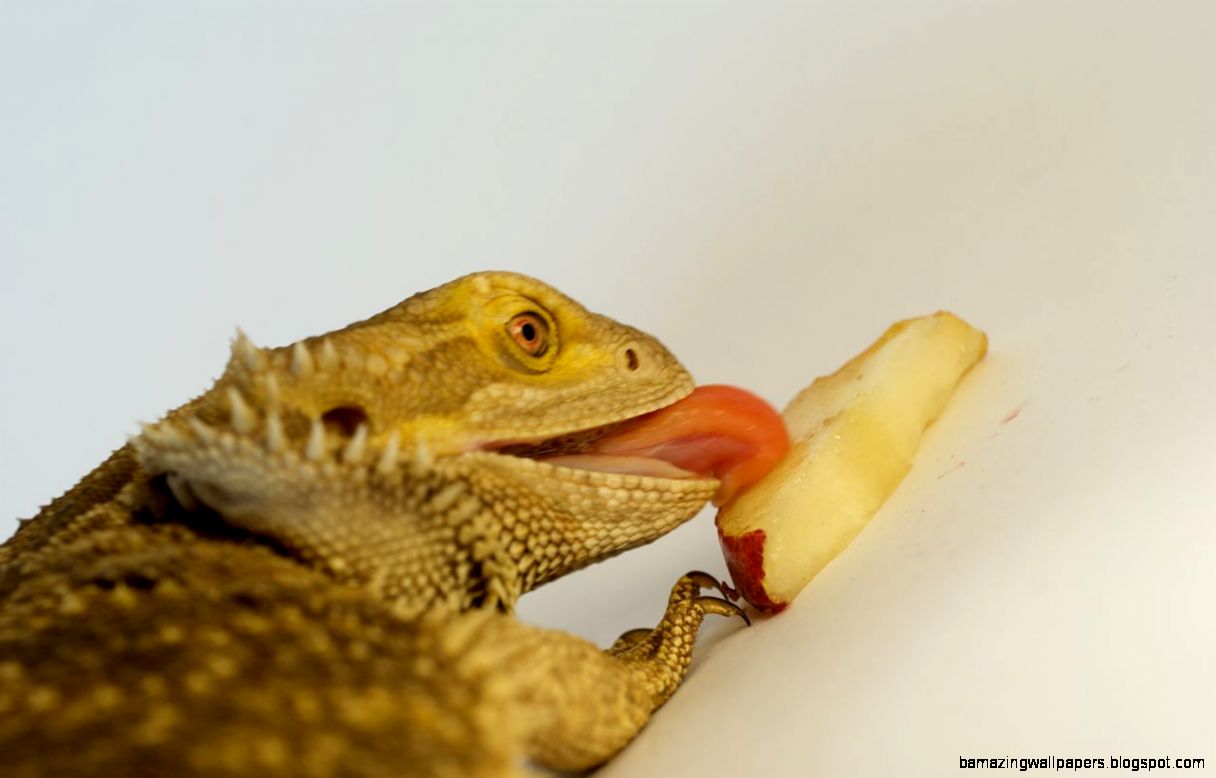The Ultimate Guide to Raising a Happy Baby German Giant Bearded Dragon
Introduction
Are you thinking about getting a baby German giant bearded dragon as a pet? Congratulations! These fascinating lizards have become increasingly popular in recent years, and for good reason. With their friendly and docile nature, they make great pets for beginner reptile owners. However, if you want to provide your new pet with the best possible care, you’ll need to know how to raise them right. In this guide, we’ll cover everything you need to know to raise a happy and healthy baby German giant bearded dragon.
What is a Baby German Giant Bearded Dragon?
The German giant bearded dragon (Pogona vitticeps) is a species of medium-sized lizard native to Australia. As the name implies, they have a prominent beard of spiky scales around their throat area, which they can puff out to intimidate predators or attract a mate. Baby German giant bearded dragons are simply young specimens of this species, typically less than six months old.

Setting Up Your Baby German Giant Bearded Dragon’s Home
One of the first things you’ll need to do when you bring your baby German giant bearded dragon home is set up their environment. Ideally, you’ll want to give them a spacious terrarium or vivarium with plenty of room to move around. A good rule of thumb is to have at least 20 gallons of space per bearded dragon. You’ll also need to include a few essential items:
- A basking spot: Bearded dragons need a warm spot to bask under during the day. You can provide this with a heat lamp or ceramic emitter, which should be positioned at one end of the enclosure.
- A UVB light: Bearded dragons also require UVB light to help them produce Vitamin D3, which is essential for their health. This can be provided with a fluorescent bulb or a mercury vapor bulb.
- Substrate: You’ll need to choose an appropriate substrate to line the enclosure’s floor. Avoid sand, which can cause impaction if ingested, and opt for something like reptile carpet or paper towels instead.
- Hides: Providing your bearded dragon with a few hiding spots is essential, as they need a place to retreat when they feel stressed or threatened.
- Decorations: Finally, you can add some decorations like rocks, branches, and plants to make the environment more attractive and stimulating.
Feeding Your Baby German Giant Bearded Dragon
Feeding your baby bearded dragon properly is another crucial aspect of their care. For the first few days after bringing them home, you may need to give them some time to settle in before offering food. Once they’re ready to eat, you can provide them with a varied diet that includes:
- Insects: Baby bearded dragons require more protein than adults, so you’ll need to offer them a diet of appropriately-sized insects. Suitable options include crickets, dubia roaches, mealworms, and silkworms. Be sure to dust the insects with calcium and multivitamin powder before feeding them to your bearded dragon.
- Vegetables: As your bearded dragon grows, they’ll require more plant matter in their diet. Offer them a variety of greens like dandelion greens, collard greens, and mustard greens, as well as other veggies like squash, carrots, and sweet potato. Avoid spinach and other high-oxalate greens, which can interfere with calcium absorption.
- Fruits: Bearded dragons love fruit, but you should limit their intake to once or twice a week. Offer them small pieces of fruit like berries, mango, and papaya.

Handling Your Baby German Giant Bearded Dragon
One of the best things about owning a bearded dragon is the opportunity to handle and interact with them. However, it’s important to know how to handle them properly to avoid causing stress or injury. Here are some tips to keep in mind:
- Wash your hands before and after handling your bearded dragon to prevent the spread of germs.
- Support their entire body when handling them, as they can be easily injured if handled improperly.
- Start with short handling sessions and gradually increase the time as your bearded dragon becomes more comfortable.
- Avoid grabbing or squeezing your bearded dragon’s tail, as this can cause them to drop it in self-defense (although it will grow back eventually).
- Never drop your bearded dragon or let them fall from a height.
Conclusion
Raising a baby German giant bearded dragon can be a rewarding and fascinating experience. By providing them with a suitable environment, a nutritious diet, and proper handling, you can ensure that your new pet thrives and lives a long and healthy life. Follow the tips in this guide and you’ll be well on your way to being a responsible and loving bearded dragon owner.
